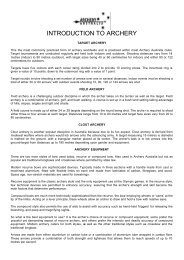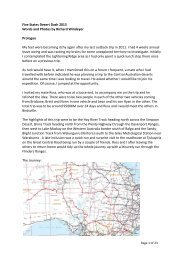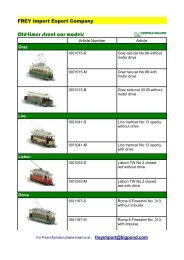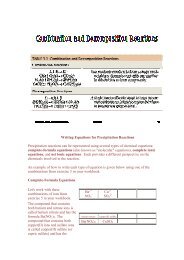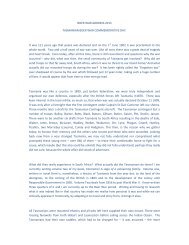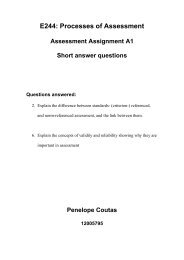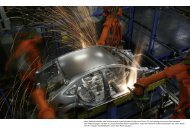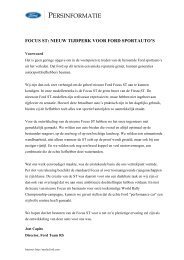TREATING ACIDITY IN COAL PIT LAKES USING SEWAGE AND ...
TREATING ACIDITY IN COAL PIT LAKES USING SEWAGE AND ...
TREATING ACIDITY IN COAL PIT LAKES USING SEWAGE AND ...
Create successful ePaper yourself
Turn your PDF publications into a flip-book with our unique Google optimized e-Paper software.
3 Introduction<br />
11<br />
McCullough, Lund and May (2008)<br />
Environmental legacies of open cut mining operations are the large voids created. Too large<br />
to backfill and typically requiring extensive dewatering operations to keep dry, many are<br />
destined to become large, deep lakes. In Australia, these new lakes have few natural<br />
counterparts in size (especially depth) and are a potentially valuable new asset to rural<br />
Australia. Despite considerable improvements in mining practices, acid mine drainage<br />
(AMD) resulting from exposed overburden and void walls can result in these new lakes<br />
becoming highly acidic. Worldwide AMD is potentially the largest negative environmental<br />
impact resulting from coal mining (Robertson, 1987; Ryan & Joyce, 1991; Lowson et al.,<br />
1993; Harries, 1998a, b). In Australia there are many well publicised examples of the<br />
consequences of AMD from coal and other mineral mines including Rum Jungle (Northern<br />
Territory), Captains Flat (New South Wales), Brukunga (South Australia), Mount Lyell<br />
(Tasmania), and Mount Morgan (Queensland) (Zhou, 1994; Lawton, 1996).<br />
Extremely elevated aluminium, iron and sulfate concentrations, combined with extremely low<br />
dissolved carbon and other nutrients, are typical of AMD (Castro et al., 1999; Peiffer et al.,<br />
1999; Fyson, 2000; Woelfl, 2000; Taylor & Waters, 2003). Dissolved metal concentrations<br />
may be so high as to be toxic to most aquatic biota (Spry & Wiener, 1991; Bowell, 2000).<br />
Although literature is sparse for sulfate toxicity (ANZECC/ARMCANZ, 2000a),<br />
concentrations can also reach potentially toxic levels in these lakes. However, acid mine<br />
drainage (AMD) waters also differ greatly between regions and geologies (Robb & Robinson,<br />
1995; Johnson & Hallberg, 2003).<br />
Australian data on remediation techniques specific to our pit lakes is sparse. The expensive<br />
and high-maintenance operations of active remediation strategies (e.g. liming, anoxic<br />
limestone drains) are often not appropriate to the remoteness, high dissolved metal<br />
concentrations and high acidity of many Australian mine lakes (Brown et al., 2003; Taylor &<br />
Waters, 2003). Furthermore, although dealing with low pH issues of AMD waters, active<br />
remediation strategies are often not efficient at removing high dissolved concentrations of<br />
metals such as iron and aluminium, or sulfate.



